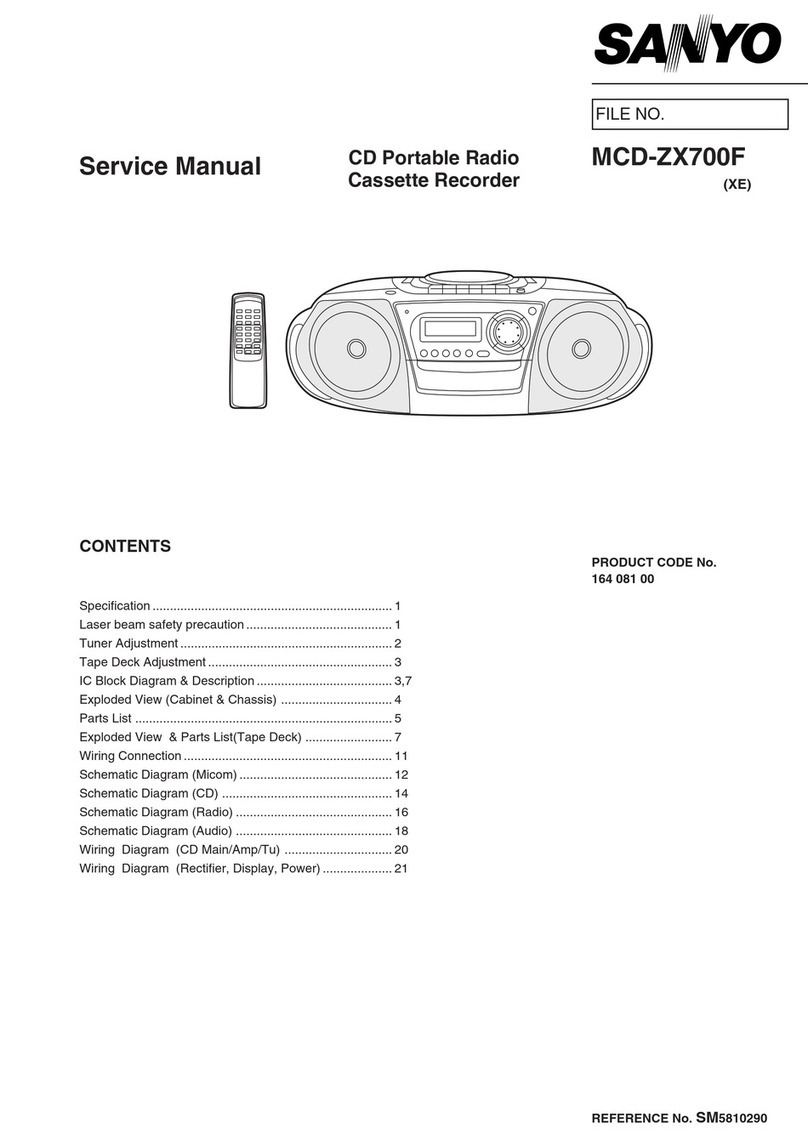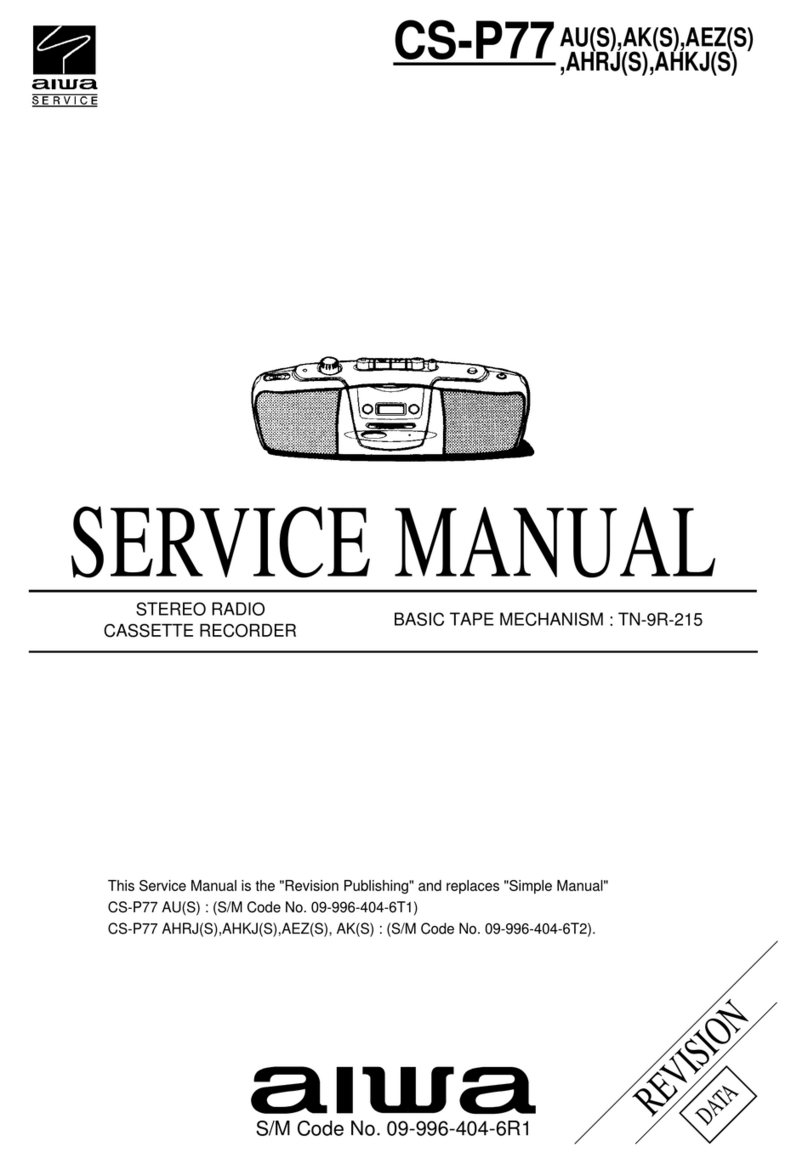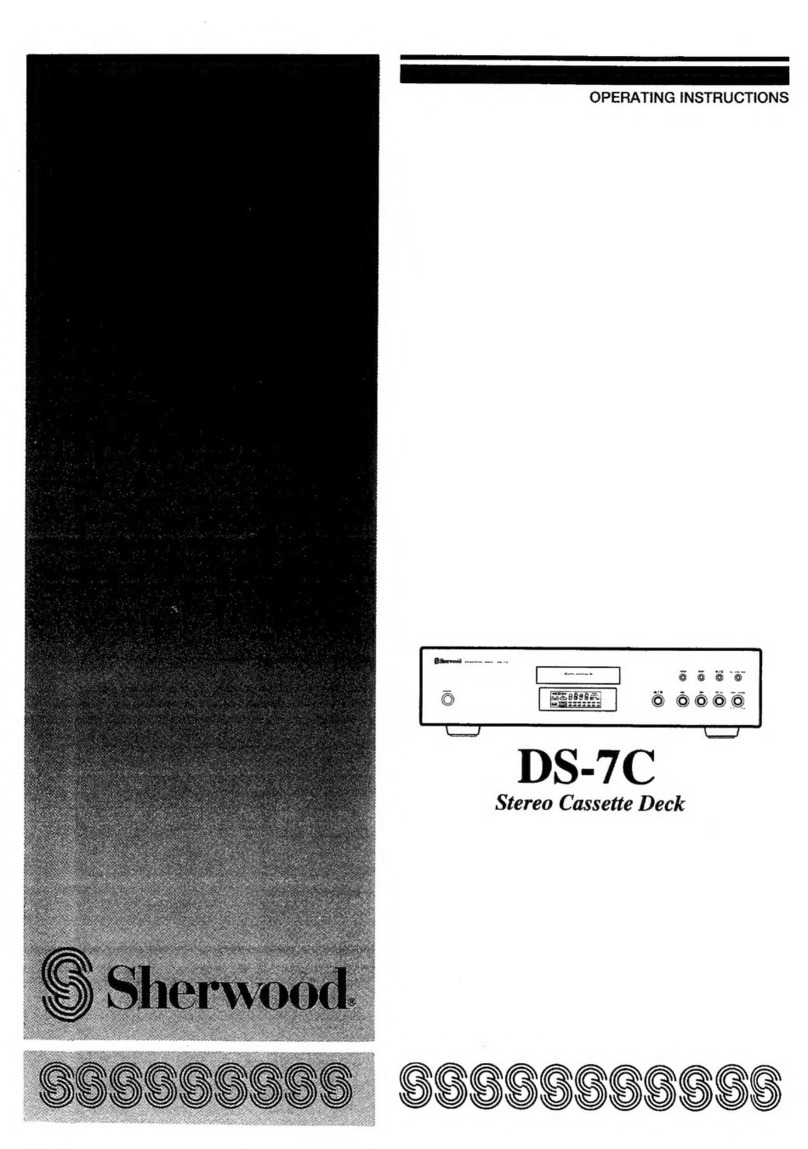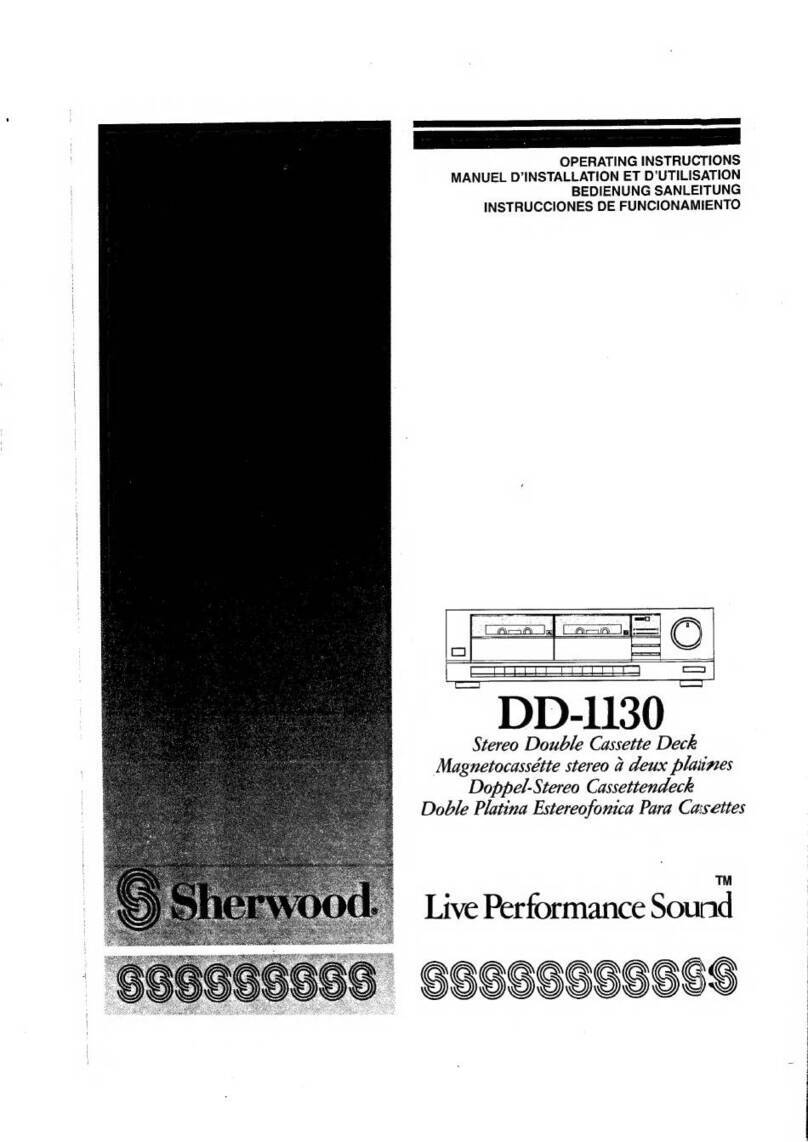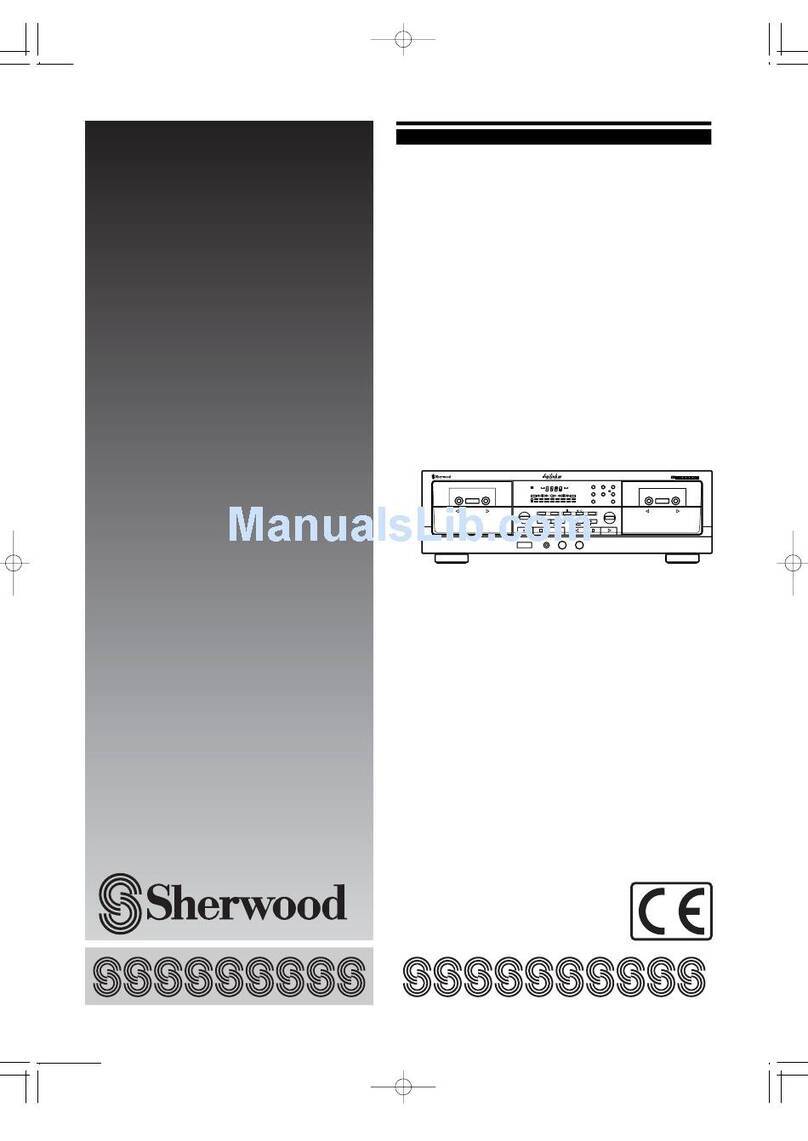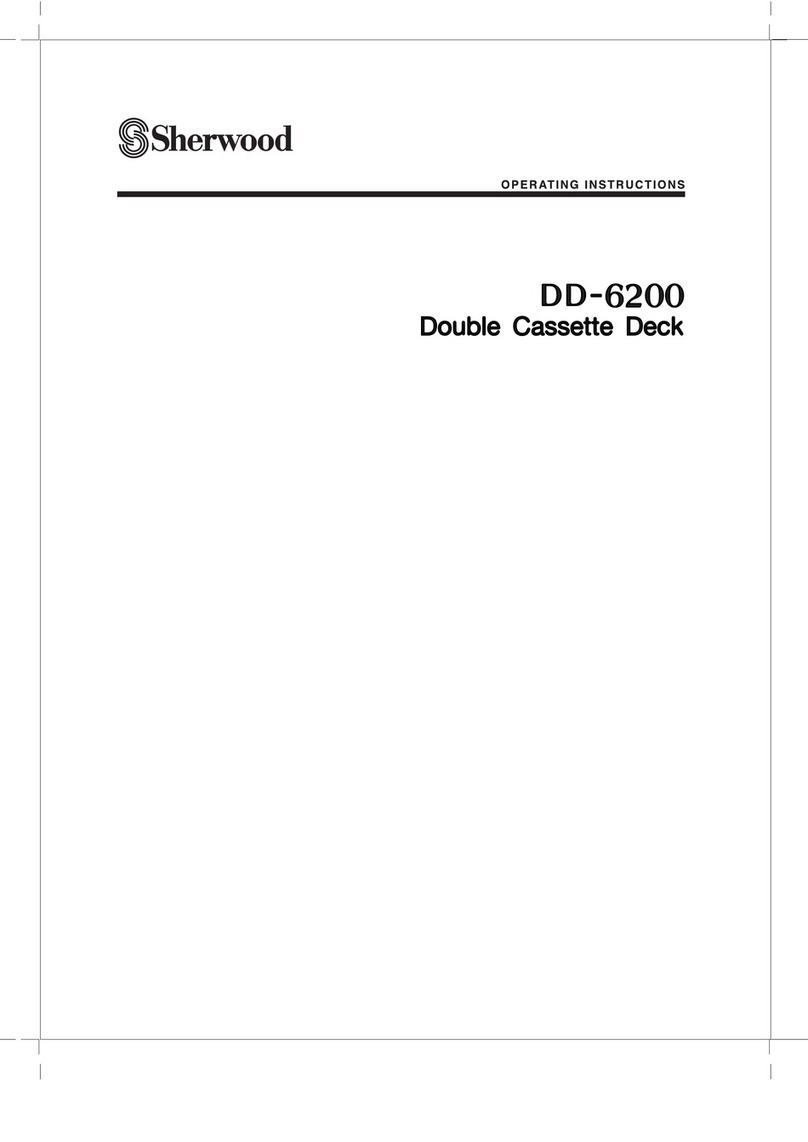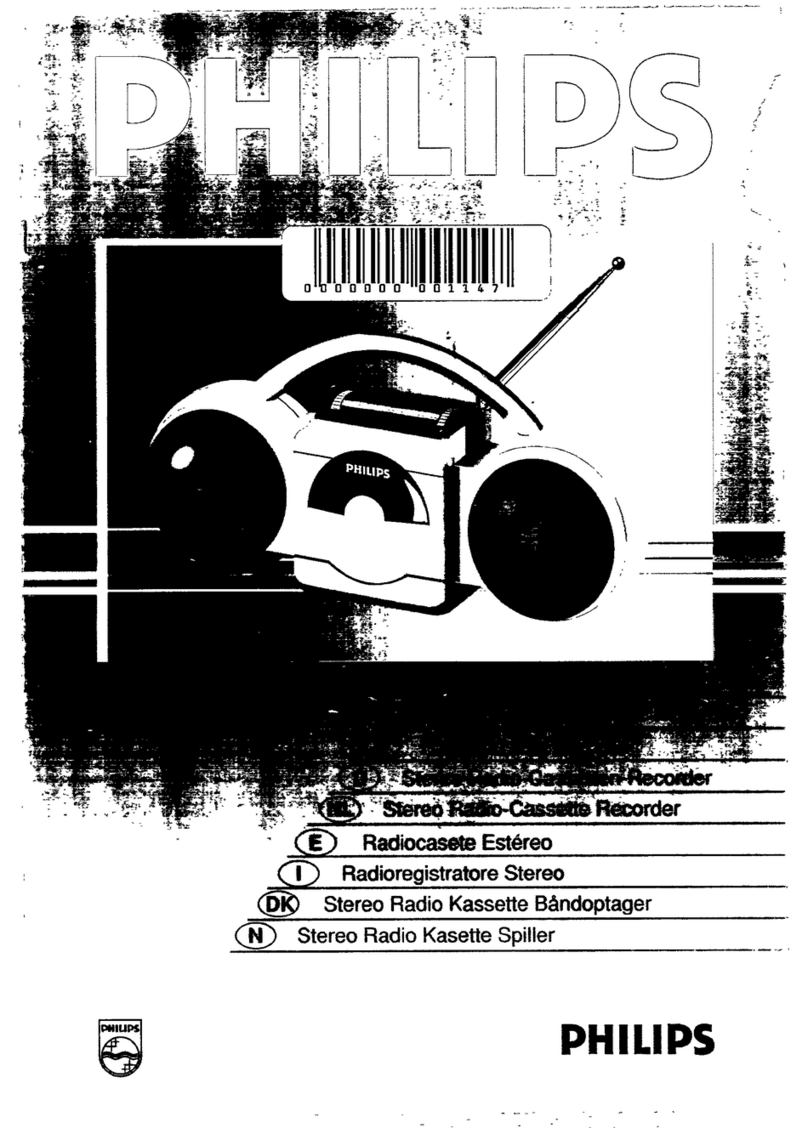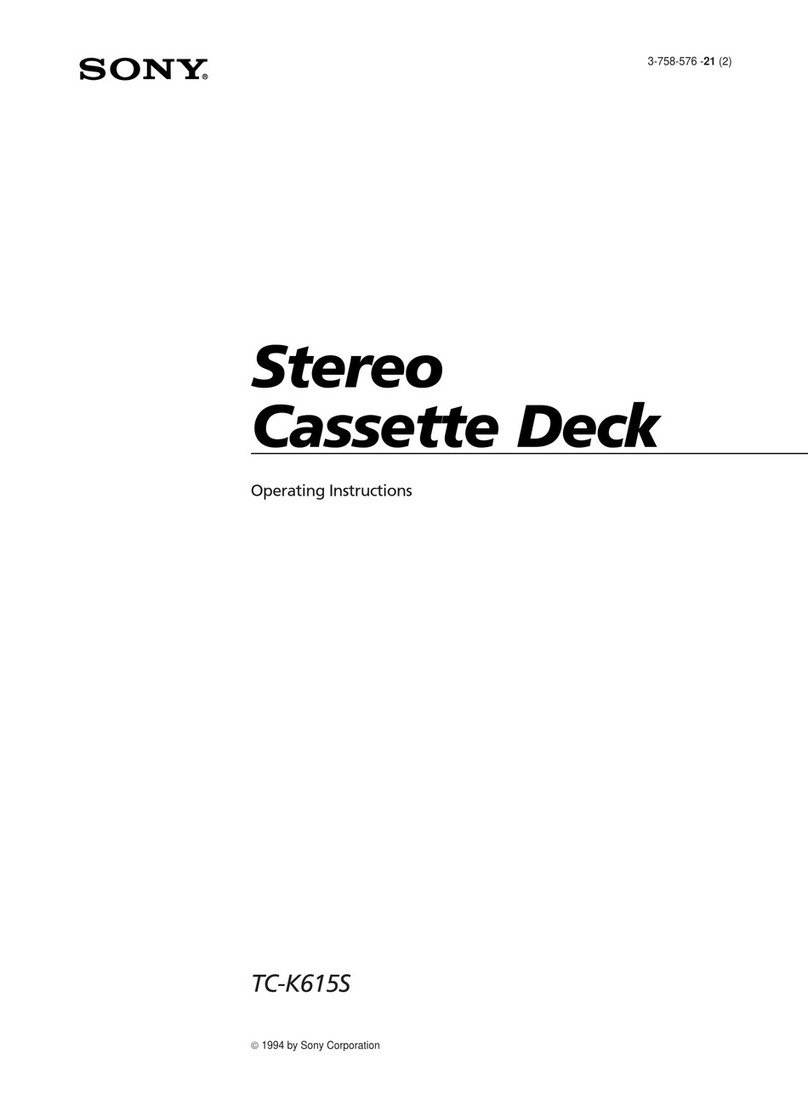
Unpacking
and
Installation _
Congratulations on
Your
Purchase! _
Your new high fidelity Cassette Deck
is
designed to deliver maximum enjoyment and years
of
trouble
free service. Please take a
few
moments to read this manual thoroughly.
It
will explain the features and
operation
of
your Cassette Deck and help insure atrouble free installation. Please unpack your Tape
Deck carefully.
We
recommend that you save the carton and packing material.
They will be helpful
if
you ever need to move your unit and may be required if you ever need to return it
for service.
Your Cassette Deck
is
designed to be placed in ahorizontal position and it
is
important to allow
at
least
two inches
of
space behind your unit for adequate ventilation and cabling convenience.
To
avoid early
damage, never place the unit near radiators, in front
of
heating vents, in direct sun light,
or
in excessively
humid or dusty location. Connect your complementary components as illustrated in the following
section.
Caution:
To
prevent electric shock do not use this (pola-
rized) plug with an extension cord, receptacle
or
other outlet unless the blades can be fully
inserted to prevent blade exposure.
Attention: Pour prevenir les chocs electriques ne pas
utiliser cette fiche polarisee avec un prolon-
gateur, une prise de courant ou une autre sor-
tie de courant,
sauf
si
les lames peuvent etre
inserees afond sans en laisser aucune partie
adecouvert.
~
RISK
OF
ELECTRIC
SHOCK.
~
L-_.:....DO.:.....-N_OT_O_P_E_N_._---'
CAUTION:
TO
REDUCE
THE
RISK
OF
ELECTRIC
SHOCK.
DO
NOT
REMOVE
COVER
(OR
BACK).
NO
USER-SERVICEABLE
PARTS
INSIDE.
REFER
SERVICING
TO
QUALIFIED
SERVICE
PERSONNEL.
To
prevent
fire
or
shock
hazard,
do
not
expose
the
unit
to
rain
or
moisture.
3
This symbol
is
intended
to
alert the user
to
the
presence
of
uninsulated "dangerous voltage"
within the product's enclosure
that
may be
of
sufficient magnitude
to
constitute arisk
of
elec-
tric shock
to
persons.
This symbol is intended
to
alert the user
to
the
presence
of
important operating and main-
tenance (servicing) instruction in the literature
accompanying the appliance.



